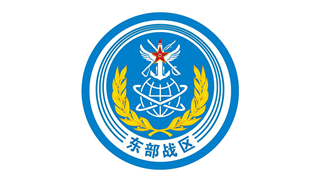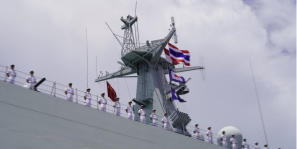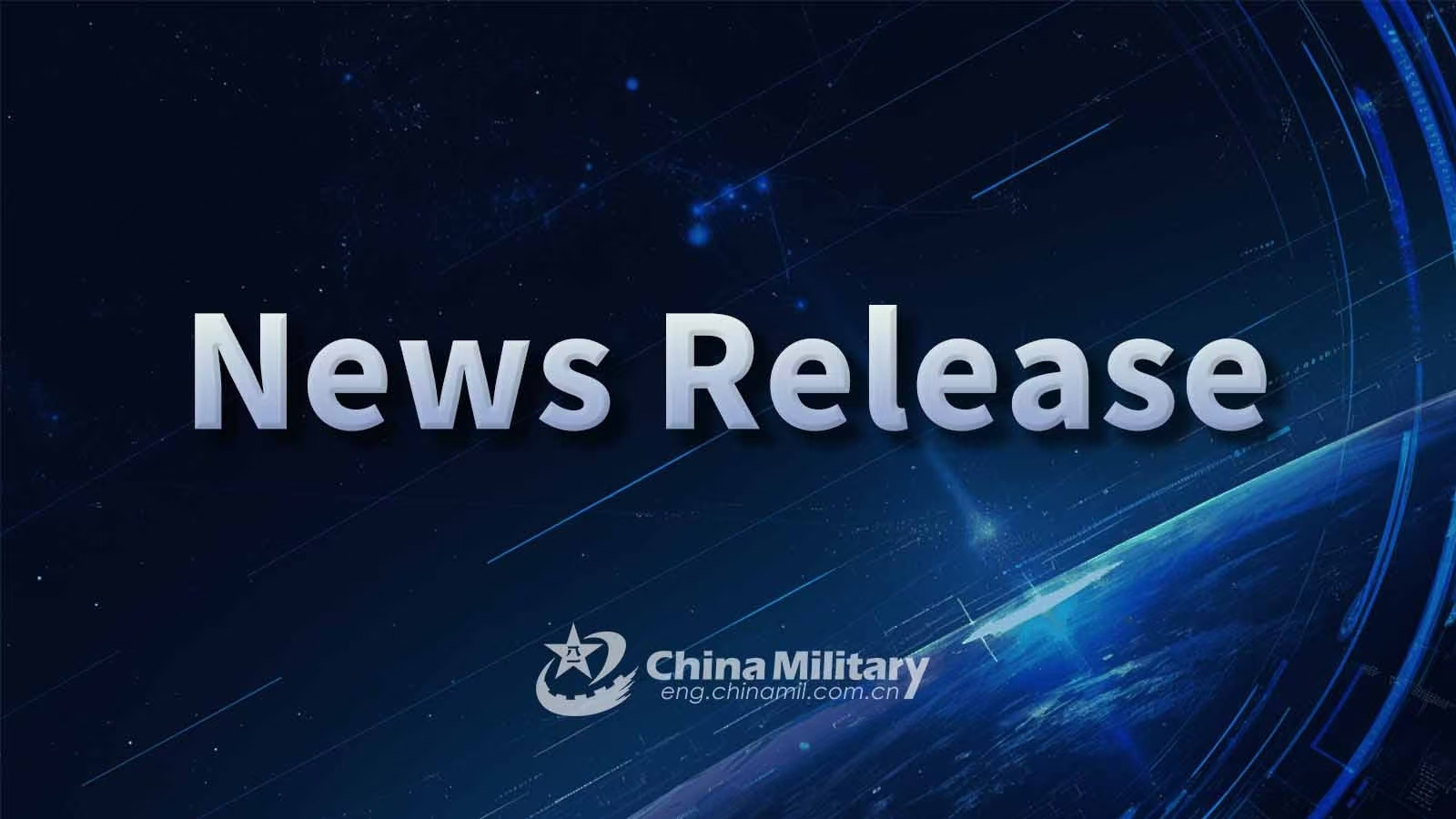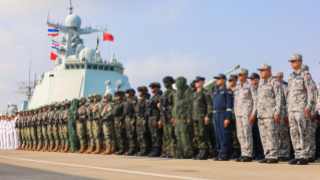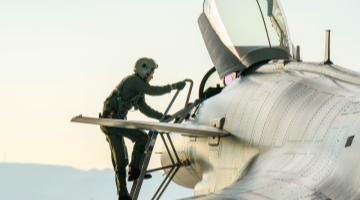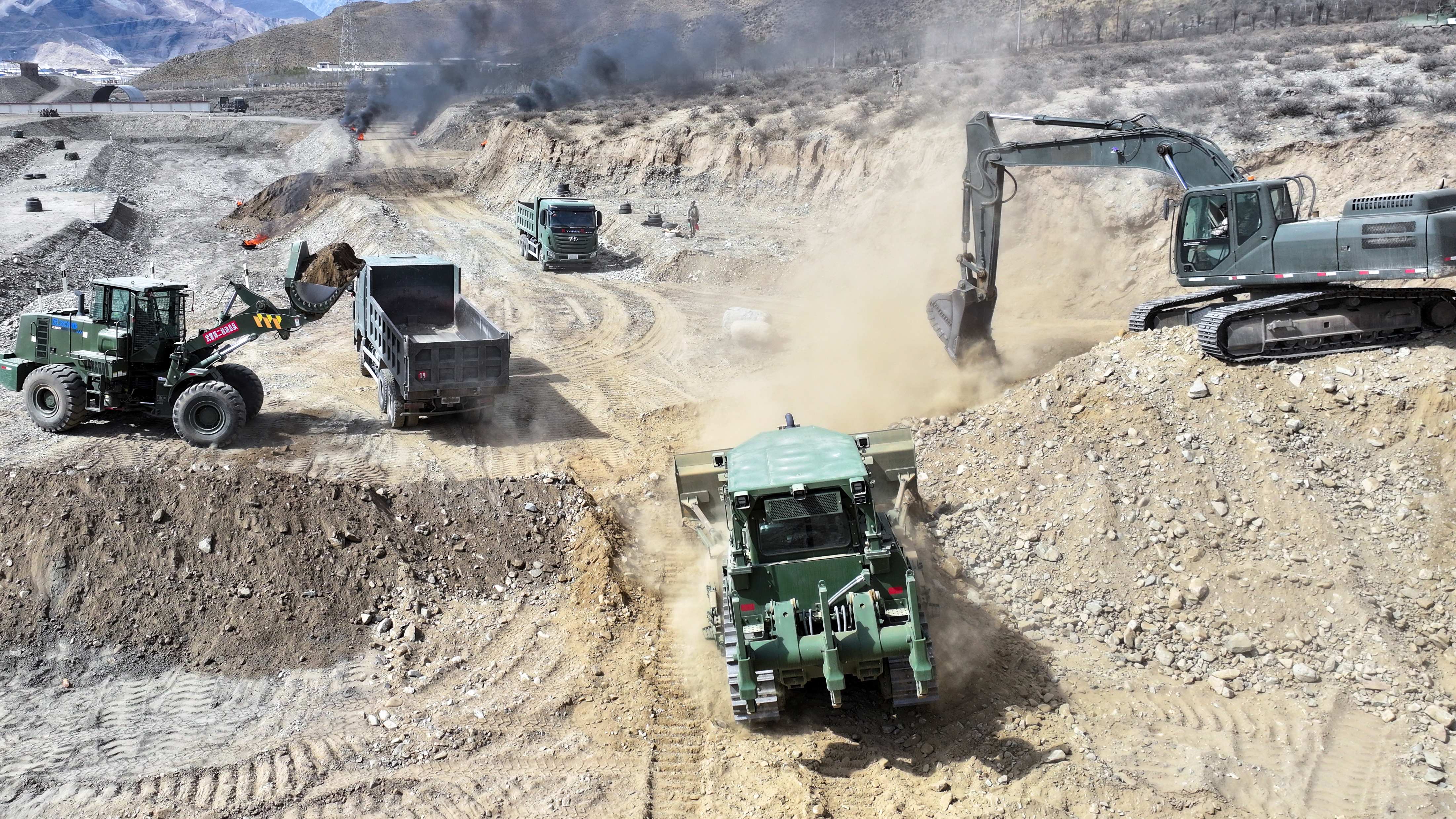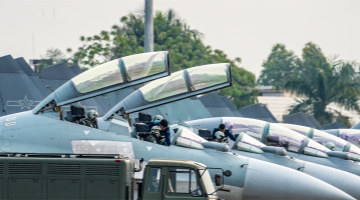By Wang Min
The US Central Command announced at the beginning of this month that B-52 bombers from the Minot Air Force Base's 5th Bomb Wing had arrived in the Middle East. This marks the first deployment of this strategic bomber to this region since 2019, shortly after the US deployed B-2 bombers to strike Houthi forces in October this year. Analysts believe that, against the backdrop of ongoing retaliatory actions between Israel and Iran, this is akin to adding fuel to the fire and will exacerbate regional tensions.
In addition to the B-52 bombers, the US will deploy additional military assets to the Middle East including destroyers, fighter squadrons, and tanker aircraft in the coming months. US Secretary of Defense Lloyd Austin said that these actions are aimed at countering the so-called threats from Iran. On October 26, Israel launched "precise and targeted strikes" on multiple Iranian military targets. In response, Iran vowed retaliation, declaring it would not relinquish its right to respond to what it termed Israel's "aggression" against its territory. Shortly before Iran marked the 45th anniversary of the takeover of the US Embassy, Iran's Supreme Leader Ayatollah Ali Khamenei warned of a "devastating response" against Israel and the US. The additional US military forces dispatched this time will complement the amphibious assault ship USS Wasp and the 24th Marine Expeditionary Unit operating in the region as well as the Terminal High Altitude Area Defense (THAAD) system deployed in Israel, further enhancing the deterrence against Iran.
The increased US military presence in the Middle East also aims to address the temporary absence of a US aircraft carrier in the region. Since the latest round of the Palestine-Israel conflict last year, the US has maintained a continuous carrier presence in the Middle East, sometimes with two carriers simultaneously. However, with the departure of the USS Abraham Lincoln from the region in mid-November, there is currently no US carrier stationed there. Although some reports suggest that the USS Harry S. Truman will fill this gap, there is no confirmed arrival date for the carrier.
This US military buildup in the Middle East reflects, to some extent, the challenges currently faced by Israel. Israel is now engaged in prolonged multi-front operations, and its air defense systems are considered by many experts to be inadequate against the intensive missile attacks from Iran. In this context, the US has provided significant military support to Israel including the deployment of the THAAD system, the strike against Houthi forces by B-2 bombers, and the deployment of B-52 bombers in the Middle East. The US is likely to commit additional military resources to the area in the future to fully support Israel and maintain its own regional dominance.
While the US publicly claims that its military buildup aims to de-escalate the situation through deterrence, facts have shown that such actions often escalate tensions instead. The current round of the Palestine-Israel conflict has increasingly spilled over to other countries. From Yemen to Syria, from Lebanon to Iran, more and more countries are influenced by the spillover effects. The increased military aid to Israel and additional forces to the Middle East by the US will encourage Israel to adopt more aggressive military measures, bringing new shocks to the regional situation.






